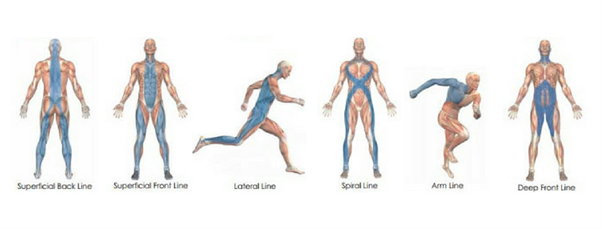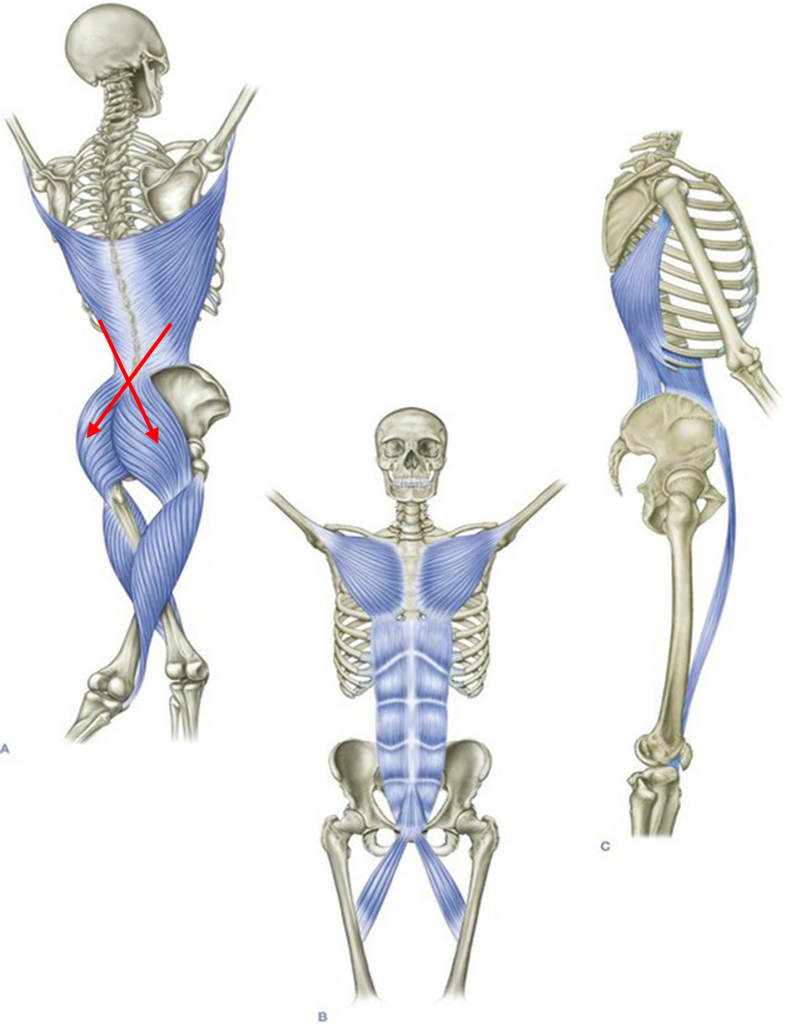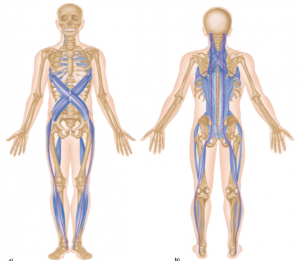The very first interaction your body has with its environment starts at the feet. How that interaction has the ability to influence what you do with your head, neck, shoulders and the rest of your body comes down to connective tissue. Our bodies are made up of an extraordinary number of different tissue types; today we are going to explore fascia.
Fascia is a type of connective tissue that surrounds muscles, nerves, blood vessels and other structures in the body. It is largely made up of collagen which our bodies produce every day to help repair connective tissue, and link one part of our system to another. Collagen is a protein which can be found in many different forms with ranging properties from rigid to elastic depending on what our bodies ask of it, i.e. collagen is found in both bone and tendon which have remarkably different tasks in the body.
While we do not have active control of the fascia in our body, it does have an active application in how force is distributed through our body. In any one day, we are constantly asking our body to either create or resist force from both external and internal forces, such as the ground force when we walk or distributing forces created by our muscles. Now while the feet and neck, for example, aren’t directly linked through the musculature, they are linked through fascial lines.

There are a number of different fascial lines that have been identified through anatomical research including:
- The superficial backline
- The superficial front line
- The lateral line
- The spiral line
- The arm lines
- The functional lines
- The deep front line
The breakdown of these fascial lines provide a good understanding of how our body works to both produce and disperse force. Not only can this tell us as movement professionals how to improve your function or performance, it can also tell us how to improve pain or areas of stiffness. Techniques such as stretching or using external aids such as spiky balls, foam rollers, or massage can work to release the fascia in specific points of the body. This can then influence the fascia in another area of the body.

For example, the functional line (image above) tells us that the the latissimus dorsi works to transfer force across a large fascial band on your lower back, called the thoracolumber fascia, across to the glutes on the opposite side of the body. This allows us to integrate specific exercises or use external aids as previously mentioned to release the fascia and improve the direction of force.




